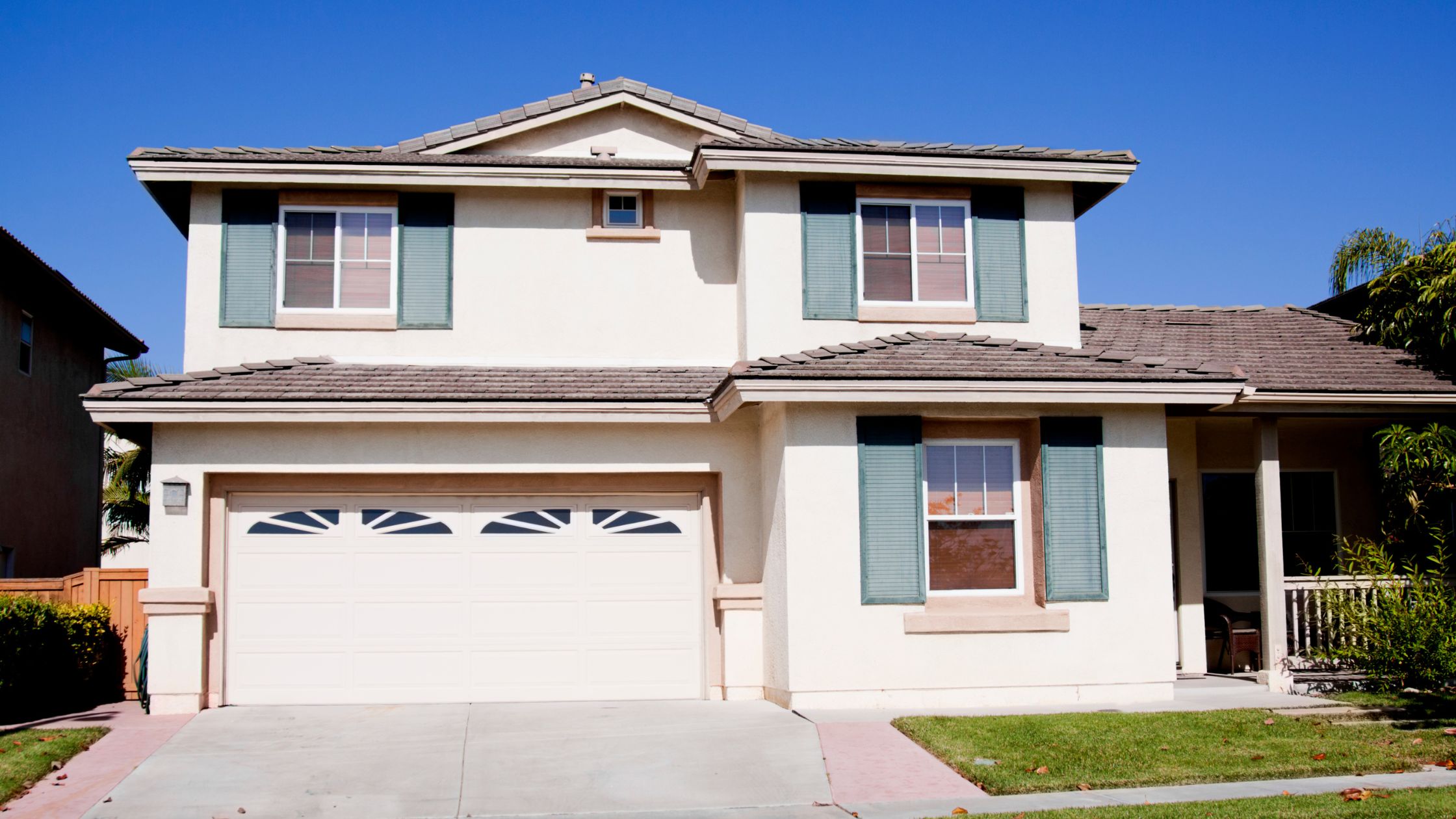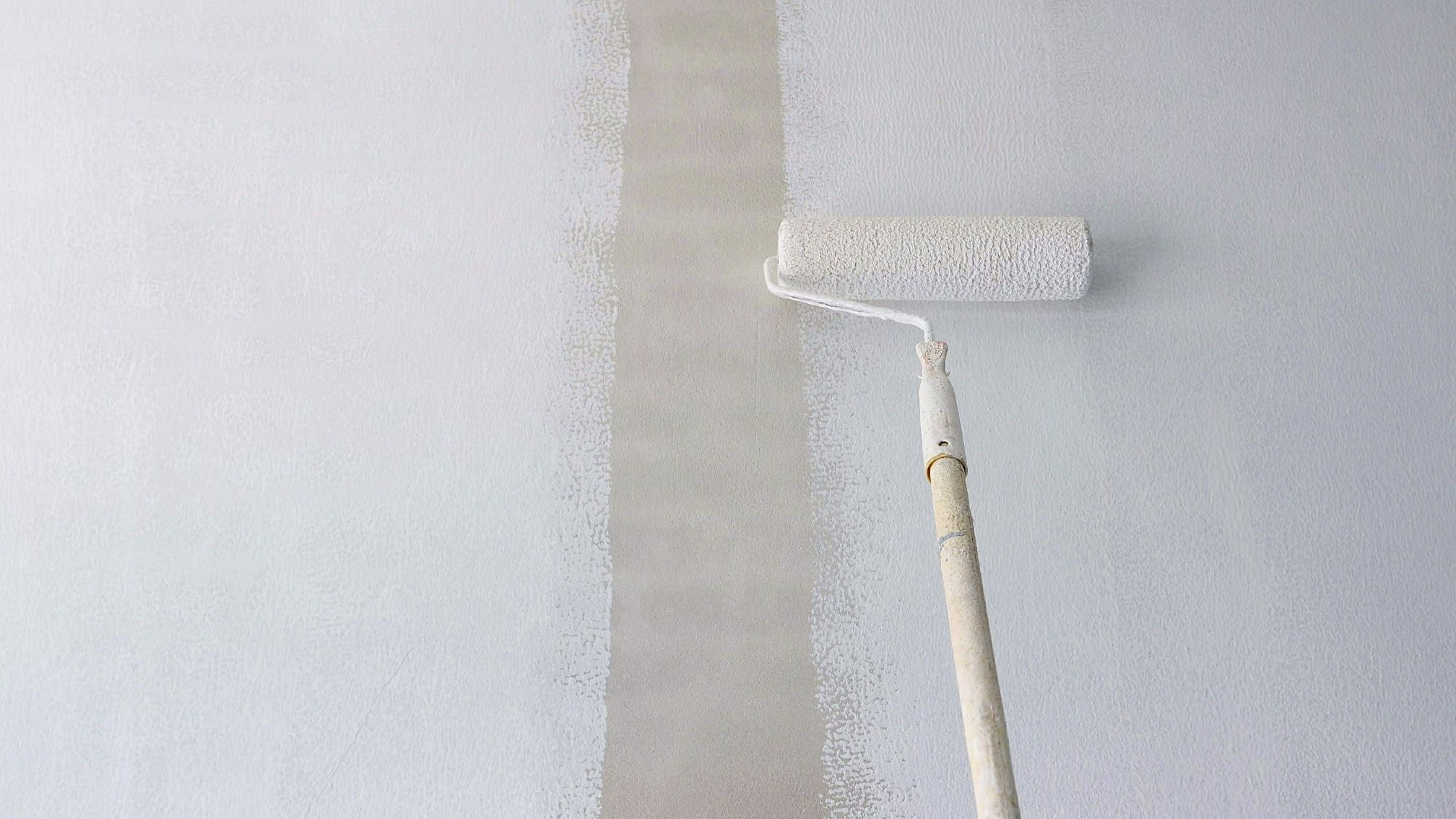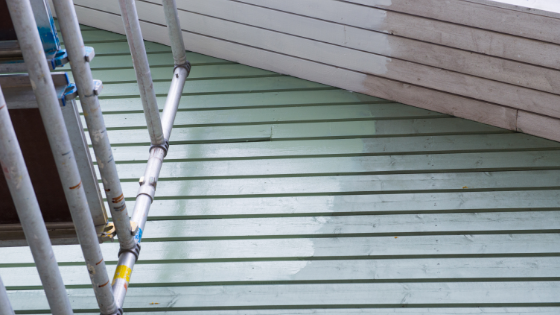The internet has provided an easily accessible library of knowledge at our fingertips, but more often than not, some of that information is misleading and can create more problems. One area that is crowded with misinformation is surrounding the painting of exterior stucco on a home. We’ll give you the honest truth about stucco and how to handle it.
Should Stucco be Painted?
If you don’t like the colour of the stucco the way it is, then the best solution is to paint it. In our years of experience as Canada’s highest rated painting company, we’ve yet to find a home with a stucco exterior that can’t be painted. Stucco can come with coloured finished which are great because the colour is mixed with the stucco itself prior to being applied and makes it resistant to fading. If you home has this type of stucco and you’re happy with the colour, we recommend leaving it the way it is as it is the most durable solution. If you’re tired of the colour, or its been painted in the past and the paint is starting to fail, it’s best to update it.
Painting Stucco Depends on the Finish
The process for painting stucco depends primarily on the style of stucco your home has. There are different techniques available that help deliver a perfect end result, but they don’t work as well on different types of stucco.
Porous, Dry, or Rough Textured Stucco
For this type of stucco, one of the best techniques is a combination of spraying and backrolling. The rough stuccos that are dry need the paint to be pushed into the pores. Spraying the surface will get the majority of the paint into those pores, but adding the backrolling as an additional step will help it absorb better and leave a perfect finish.
Smooth or Slick Textured Stucco
When it comes to smooth textured stucco, the best technique is good old fashioned spraying. Using the spray without the backroll leaves the highest quality finish due to the smooth surface. If backrolling is used on smooth or slick stucco, it can cause a stipple texture on the surface, and depending on the colour show visible lap lines and stop/start marks.
Preparing Your Stucco for Paint
Unlike wood, stucco doesnt rot which makes it an ideal material for the exterior of homes while generally being low maintenance. The major issues with stucco is cracking at both a minor and major level.
Minor Cracking – Minor cracking is common and to be expected with a stucco exterior. Because stucco is such a brittle material, as your home settles and moves, small cracks are likely to occur. Good quality construction will help to minimize the extent of the cracking.
Generally minor cracking isn’t an issue when it comes to repainting your stucco work. Depending on how minor the cracking is, specific paints can generally fill hairline cracks in the surface of the stucco quite well making them less noticeable. It is generally recommended to avoid filling cracks with caulking as it makes the cracks much more visible when paint is applied over it.
Major cracking – Any major cracking in the stucco surface should be addressed before it is painting. Common signs to look for are stucco flaking off near the crack. In sever cases, you’ll see the wire mesh backing that was used when the stucco was applied. In this case, the entire section of the stucco should be cut out and re-worked by a stucco professional before painting occurs. Keep in mind that your stucco will need a few weeks to fully cure before the paint can be applied.





